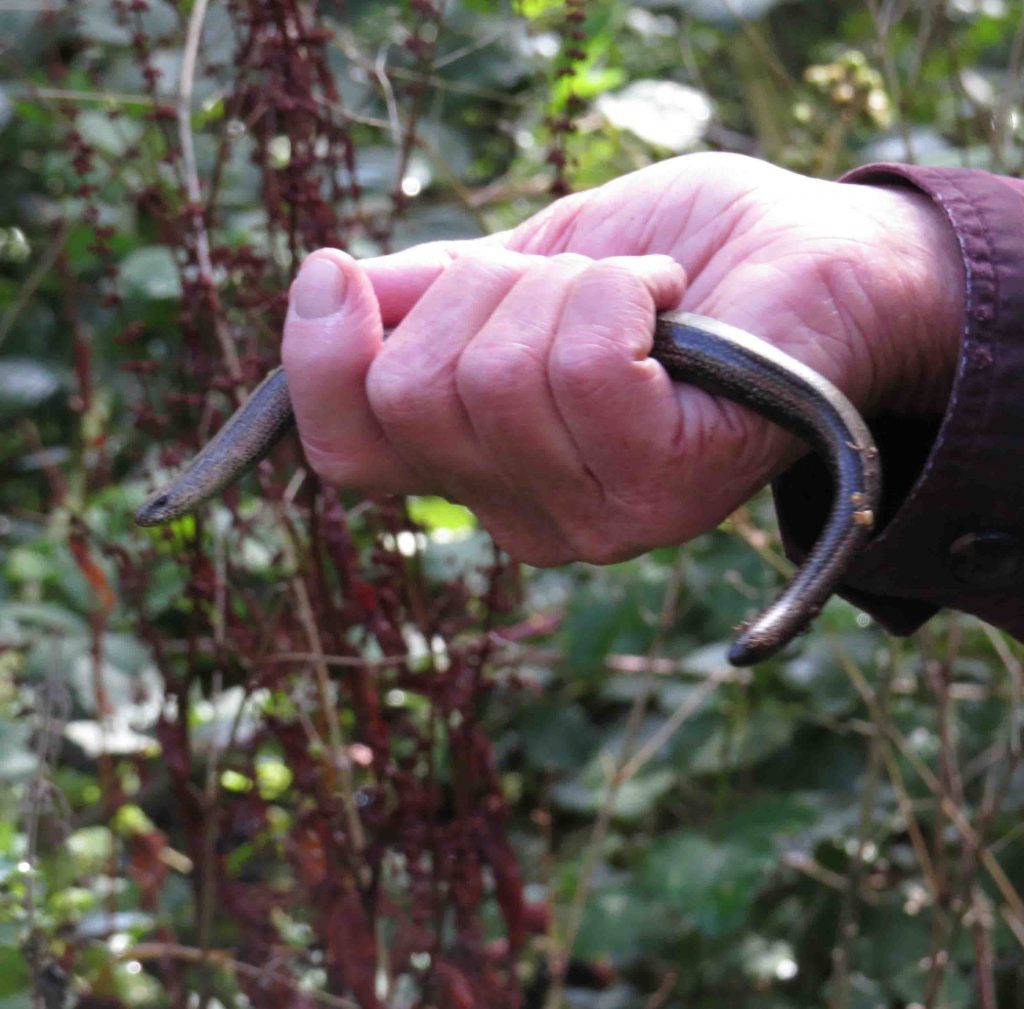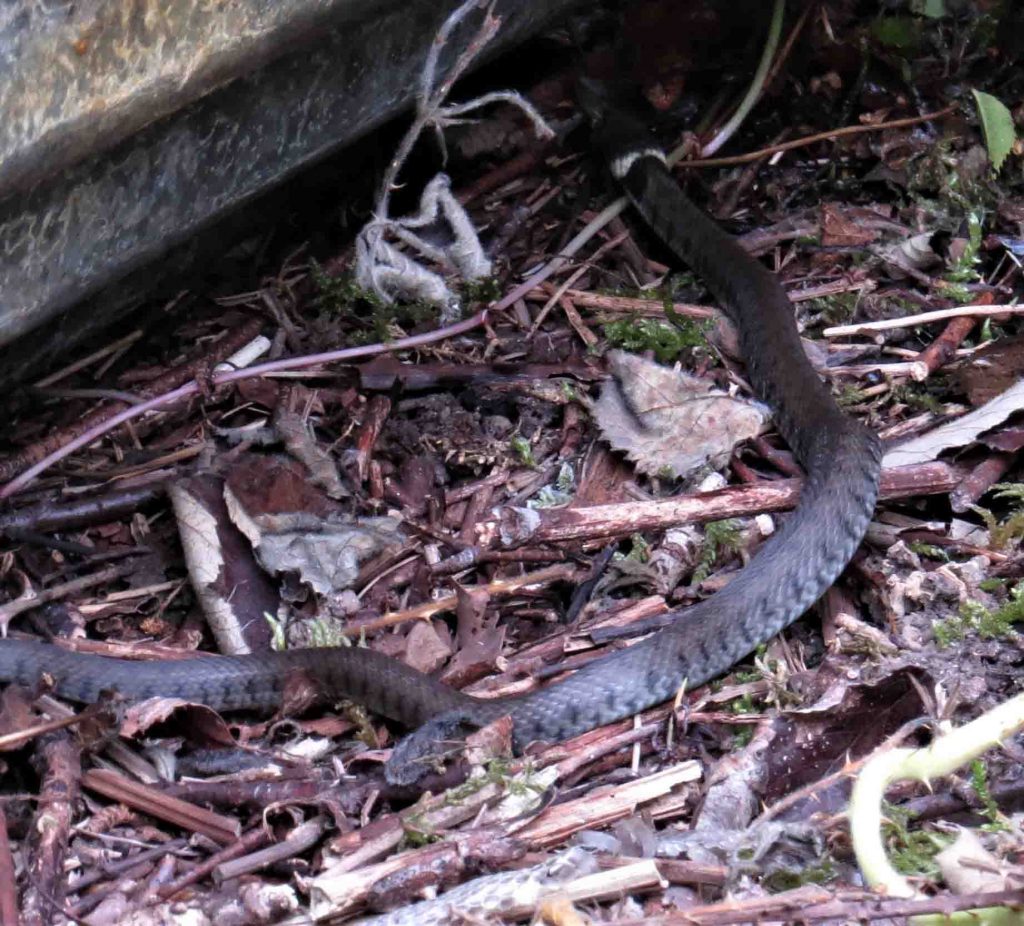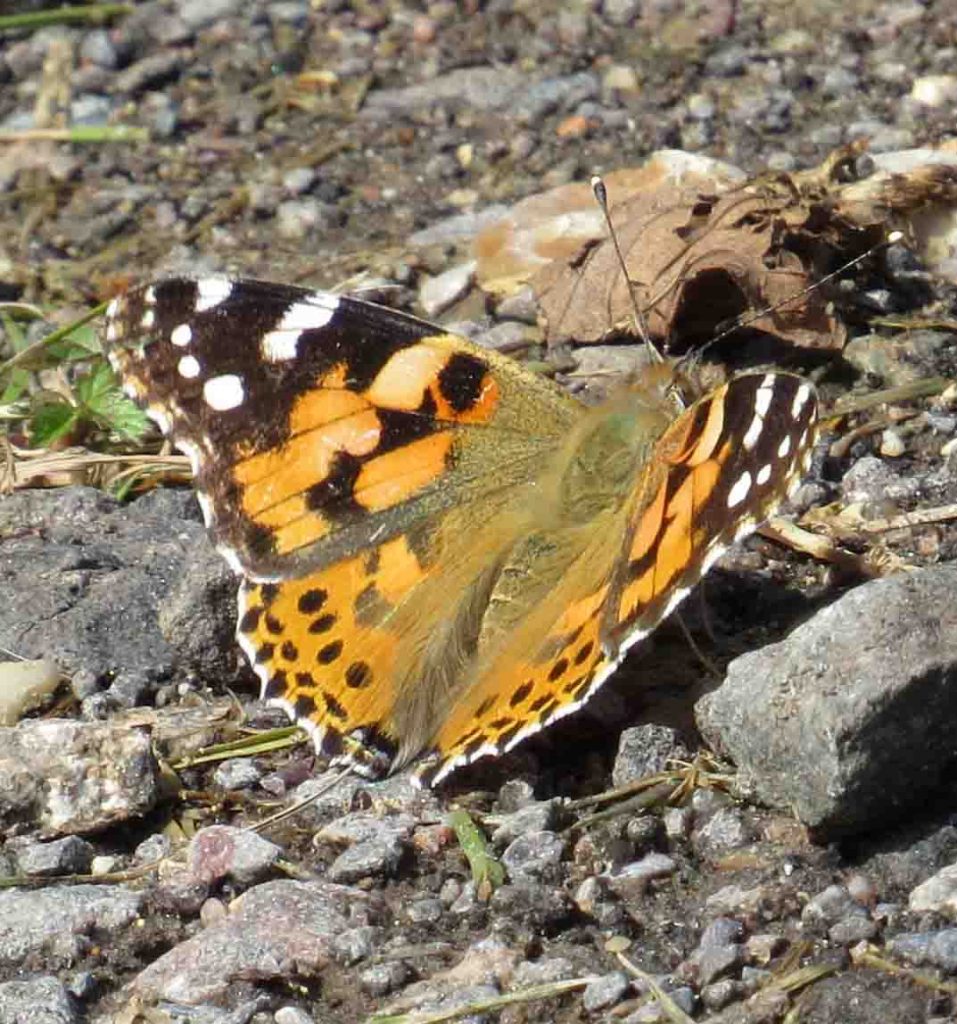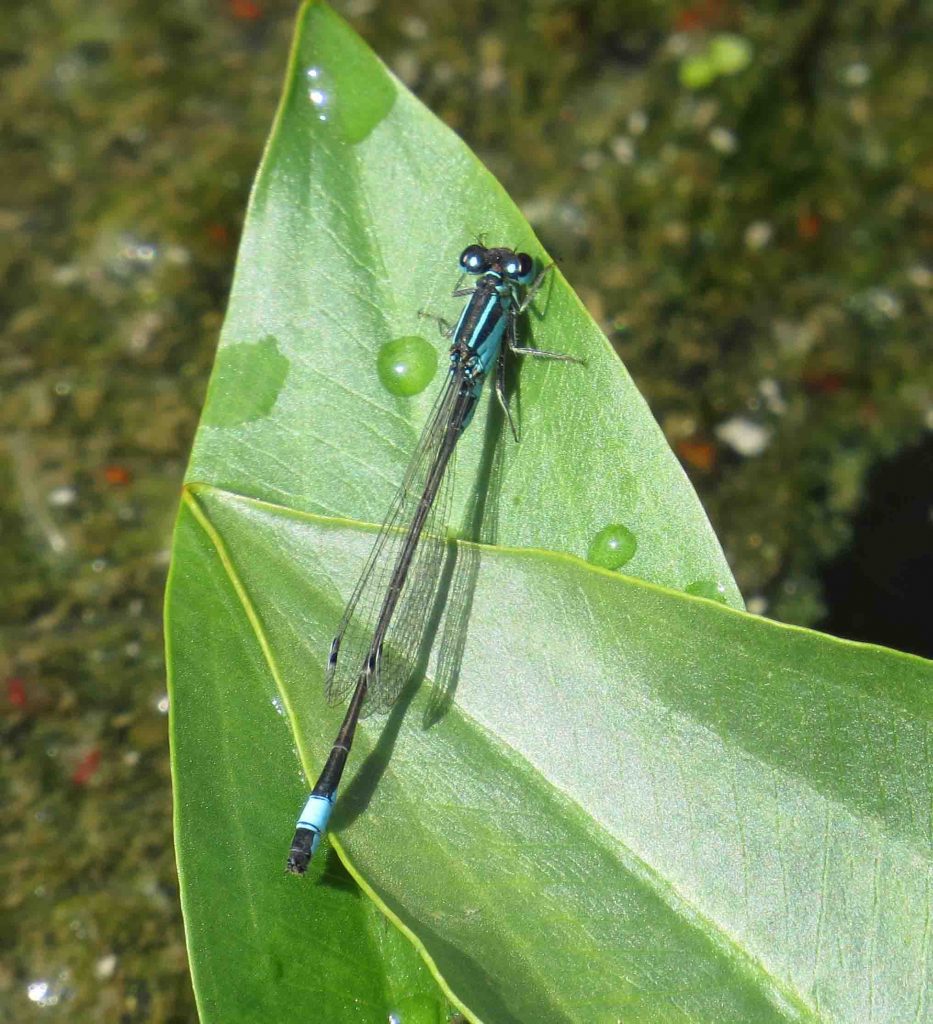John Lerpiniere, accompanied by ten other members, led a walk round Paices Wood on Sunday 18th August. The group first headed down to the wetter parts of the wood, which lie to the north in the direction of Aldermaston in the Kennet valley. Dropping down the bank from the lake was a solid covering of Giant Horsetail Equisetum telmateia. There was frequent Pendulous Sedge along the path leading down to an area of old over-stood coppiced Alder stools, an uncommon ecosystem. Sudden loud calls from Nuthatches alerted us to a passing flock of mixed tits. On the way back up southwards along a higher path were many fallen trees and old rotting stumps. Plants included Enchanter’s-nightshade, Yellow Pimpernel, Wild Raspberry and, on reaching the coppiced Hazel area, a Broad-leaved Helleborine with fat seed pods for once untouched by Roe and Muntjac, which regularly bite off the spikes of these plants. Above the coppice past the old Sweet Chestnut stools, we followed banks of the mediaeval drovers road which leads from Aldermaston to Brimpton Common. The banks still hold a few characteristic old Field Maple stools with a couple of very old Oak coppice stools nearby. A Badger sett had been dug into the sandy soil. Turning left into The Glade, we found a covering of Wild Strawberry, Common Fleabane, Red Bartsia, a White-legged Damselfly, then some Wood Spurge and an area of irritant Wild Parsnip. A refuge gave us a glimpse of two ‘teenage’ Grass Snakes, but a second had a much better view of two very large Grass Snakes and a fat female Slow-worm which was obviously soon to give birth to a few young. A shed snake skin showed the broad scales on the underside, these have rough edges to give grip during movement. Slow-worms, as they are lizards, do not show this feature. Continuing on round, a Marsh Tit was heard, then a patch of Japanese Knotweed, which will need treatment, was noted. The walk continued along sunny rides, passing a recently constructed but flourishing dipping pond. Common and Ruddy Darters and an Emperor dragonfly were seen, plus Speckled Wood, Lesser Treble Bar moth, Hornet, Carline Thistle and another helleborine with good seed pods. Crossing between the top fishing ponds, we reached the Top Park which showed a mix of flora on the thin ground, including Great and Dark Mullein, Lady’s-mantle, Agrimony, Lesser Hawkbit and Storksbill. Sightings here included a Painted Lady, plus Small Heath and Common Blue butterflies. This is the place to come for spring butterflies. There is more to see, (we even missed out the Heath), but time ran out!
Report by John Lerpiniere
Pictures by Fiona Brown






